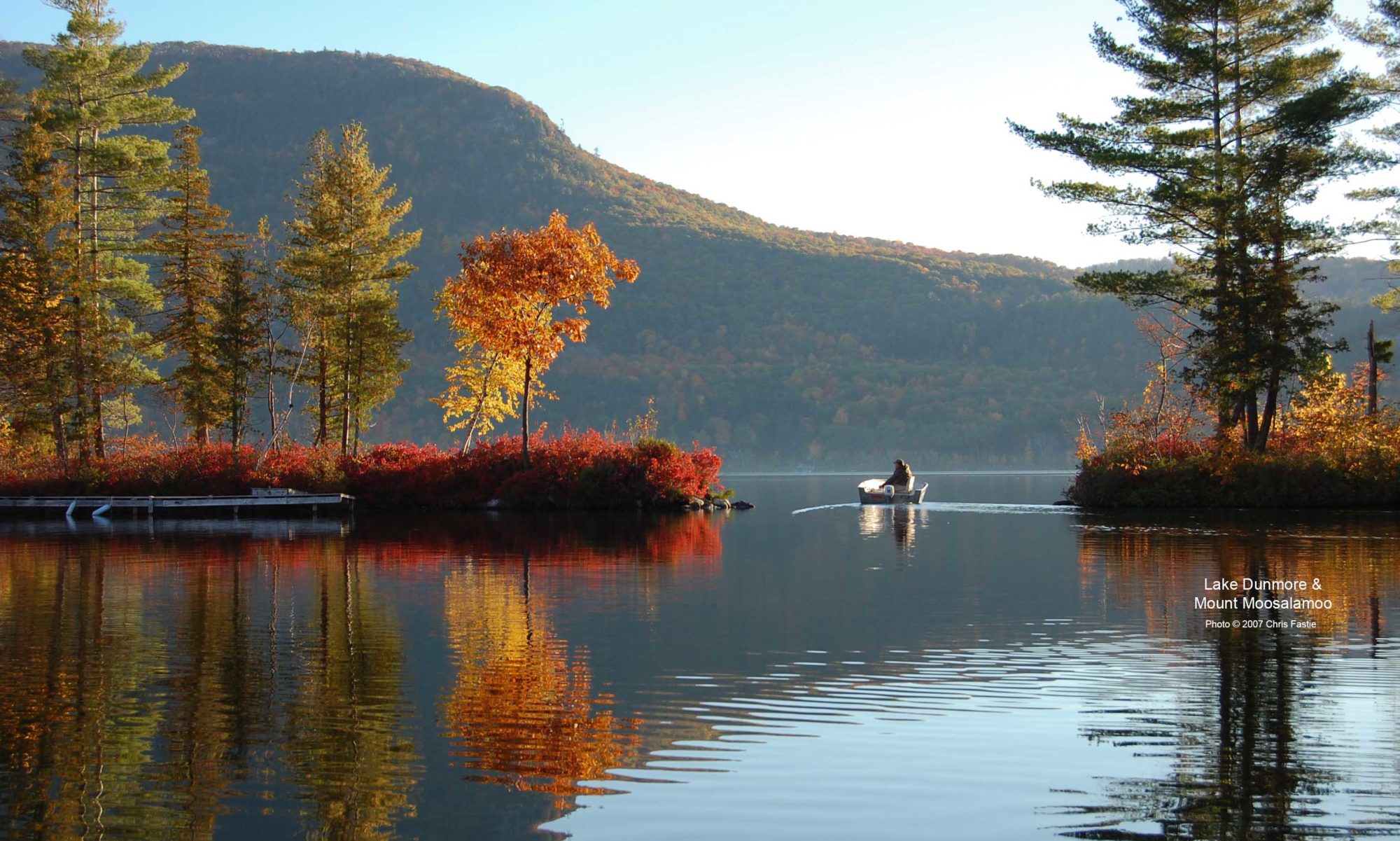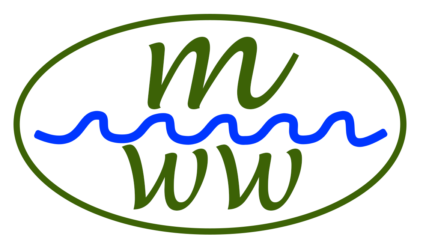The leadership of BLSG regularly mentions mosquito borne diseases when describing the services they provide. Their message is that BLSG’s operation reduces the chances that residents of the BLSG District will contract a disease from a mosquito. The BLSG leadership’s message is wrong, and it is inappropriate for them to even include this topic in public discussions.
Arboviruses in Vermont
Despite BLSG’s continued reference to a long list of tropical diseases, there are only two arboviruses carried by mosquitoes in Vermont: West Nile virus (WNV) and eastern equine encephalitis virus (EEEv). The human illnesses caused by these viruses are extremely rare in Vermont.
WNV was first detected in Vermont in 2002, and since then there have been 12 human cases of the disease in the state. None of those cases was fatal (no one in Vermont has ever died from WNV). According to the CDC, the chances of contracting a serious case of WNV from a mosquito bite each year in Vermont are one in 1.7 million.
EEEv was first detected in Vermont in 2011. Since then there have been two human cases of EEE in Vermont and both were fatal. According to the CDC, these are the only two cases of EEE known from Vermont, and the chances of contracting EEE from a mosquito bite each year in Vermont are one in 350,000.
Vermonters have many serious health and safety issues to worry about and mosquito-borne diseases are not near the top of the list.
Why BLSG’s operation has no impact on public health
Making a rare thing a little rarer doesn’t help. When something is extremely rare, making it slightly rarer has no real-life consequences. Even if BLSG’s activities could reduce the chances of contracting an arbovirus by 10%, the difference would be undetectable (e.g., instead of a one in a million chance, it would be 0.9 in a million).
2020 will be the third year in a row that BLSG has been unable to afford District-wide aerial application of larvicides and probably the third year in a row that Salisbury will receive no aerial larvicide treatment. Their other program, roadside pesticide spraying, covers only 6.9% of the District, and most of that area is treated only once every week or two. BLSG’s activities can kill only a tiny fraction of the mosquitoes in the District.
This ineffective and haphazard mosquito control cannot have a tangible impact on arboviruses that are already incredibly rare. Arguing otherwise is akin to arguing that Yellowstone National Park could reduce bear attacks by removing one bear from the park every year. People would never notice the difference.
Killing mosquitoes that don’t carry arboviruses doesn’t help. WNV and EEEv are cyclical diseases and in many years the viruses are not present in mosquitoes in the BLSG District. EEEv has not been found in mosquitoes anywhere in Vermont since 2015. WNV is not detected in mosquitoes in the BLSG District every year. So in many years BLSG’s activities are guaranteed to be irrelevant to arbovirus transmission.
Most mosquitoes do not carry WNV or EEEv when they are newly hatched. They acquire the viruses primarily from the reservoir in wild birds. It takes many weeks for the viruses to become common in the mosquito species that bite birds and longer still in mosquitoes that might bite people. Mosquitoes which commonly bite people might carry WNV and EEEv in August and September but are less likely to carry them in May, June, or July. The mosquitoes that will carry arboviruses in September will not even be hatched until August. So killing mosquitoes in spring and early summer can have only a negligible impact on disease transmission to people (especially when only a tiny fraction of the mosquito population is killed).
BLSG is not authorized to control disease
The Vermont Department of Health monitors for the presence of WNV and EEEv in Vermont and reports every week on where the viruses have been found in mosquitoes, wildlife, and people. When the Department of Health detects a virus and decides that there is risk to people, they will take action. They follow a comprehensive response plan involving multiple state agencies, risk assessment, larvicide application, protection of sensitive habitat, and possible application of adulticide pesticides. BLSG is not involved in this decision making process and never has been. BLSG does not have the data, training, or expertise to make decisions about health risk or to respond to public health emergencies.
Town Report propaganda
In January 2020 BLSG submitted an annual report for inclusion in the Town Reports of the member towns in the BLSG District. Despite many reminders over the years and even a reprimand from the state, BLSG’s report continued their disinformation campaign about arboviruses. Four tropical diseases which do not occur in Vermont were explicitly mentioned. The report suggests that BLSG has the wisdom to claim that the risk of arboviruses in the District is greater than the risk of spraying toxic chemicals on residents’ front yards. BLSG has no such wisdom and no authority to make such claims.
In February 2020, The Vermont Agency of Agriculture offered another reprimand to BLSG saying that BLSG “should not make public health claims with regard to their management efforts.” It continued “we are certain that truck-mounted control of adult mosquitos does not significantly disrupt the amplification of a vector-borne disease.”
We urge BLSG to stop making unauthorized claims about health risks associated with mosquito-borne disease.

